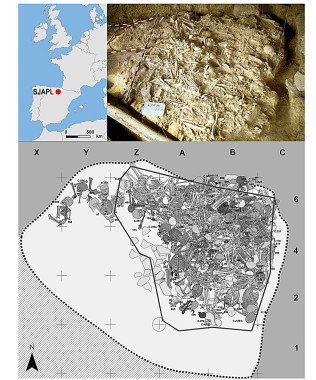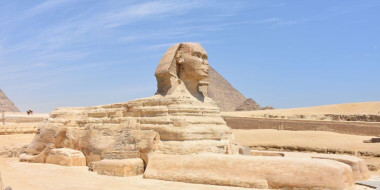Baboon mummy DNA from ancient Egypt reveals location of mysterious port city not on any maps (www.livescience.com)
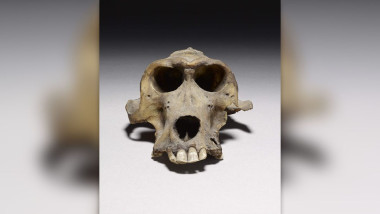
This magazine is from a federated server and may be incomplete. Browse more on the original instance.

Data regarding the subsistence base of early hominins are heavily biased in favor of the animal component of their diets, in particular the remains of large mammals, which are generally much better preserved at archaeological sites than the bones of smaller animals, let alone the remains of plant food. Exploitation of smaller...

Baboons sacred to the ancient Egyptians were glorified as mummies after their death, but they suffered from poor conditions when they were alive, a new study suggests....
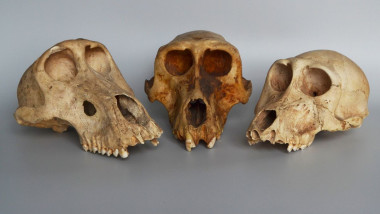
Archaeologists in Italy have unearthed more than 3,000 coins and 50 gems, many of which were emblazoned with the images of ancient Roman deities....
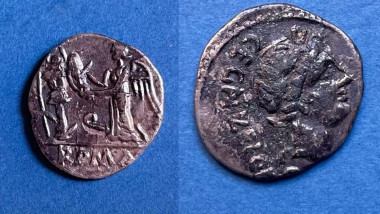
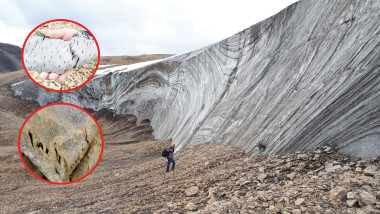
A team of archaeologists, geologists and historians affiliated with several institutions in Spain has found that the Menga dolmen represents one of the greatest engineering feats of the Neolithic. In their study, published in Scientific Reports, the group used new technology to learn more about the stone that was used to create...


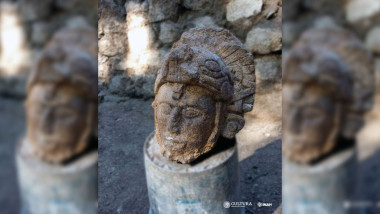

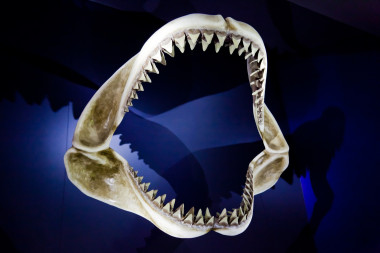
This summer, archaeologists and a metal detectorist conducted a small survey of Herlaugshagen, at Leka in the northern part of Trøndelag County. They found something amazing....
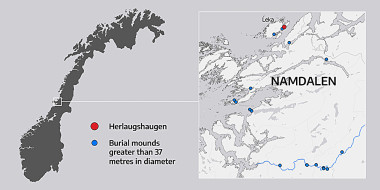

Ancient headless skeletons recovered from mass graves in China are the remains of victims who were massacred around 4,100 years ago in headhunting events, including the largest on record from Neolithic Asia, a new study finds....
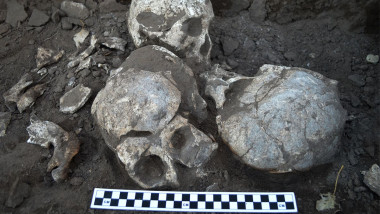
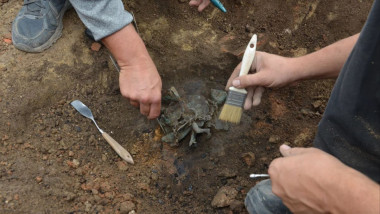
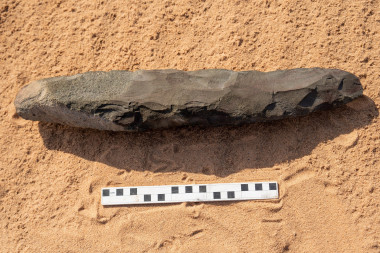
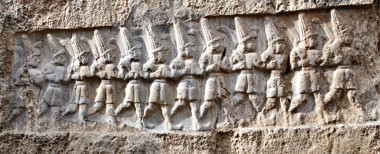
While excavating an ancient Egyptian cemetery, archaeologists made a rare discovery: an ovarian tumor nestled in the pelvis of a woman who died more than three millennia ago. The tumor, a bony mass with two teeth, is the oldest known example of a teratoma, a rare type of tumor that typically occurs in ovaries or testicles....
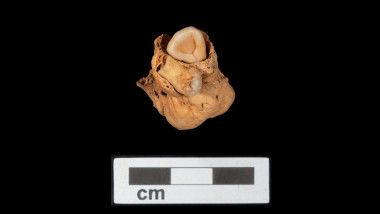
Archaeologists have unearthed the remains of two Roman temples and a sacrificial pit in Germany....
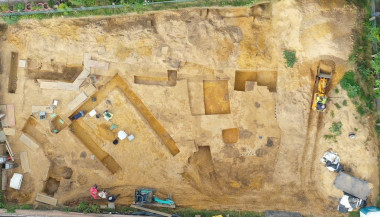

A 4,000-year-old stone-lined tomb discovered during construction work in Norway may provide new clues about the first farmers who settled the region, archaeologists say....
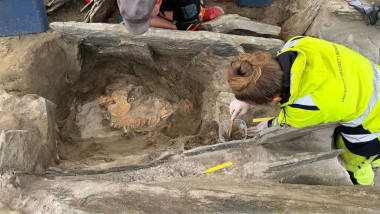
A re-analysis of more than 300 sets of 5,000-year-old skeletal remains excavated from a site in Spain suggests that many of the individuals may have been casualties of the earliest period of warfare in Europe, occurring over 1,000 years before the previous earliest known larger-scale conflict in the region....
